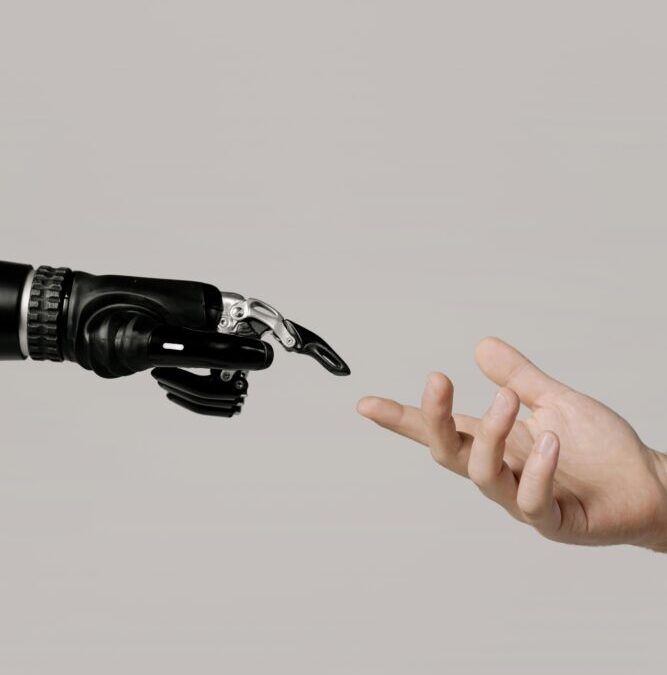The wonderful thing about the PEP® Program is that for most of the training we virtually sit next to the participant and are in a position to observe what is really going on as they work.
But the Dutch say, “be careful, there’s a viper in the grass!” In this case there are 2 vipers:
1. As to date there is still no link that I know of to and from your brain to an AI app. Maybe that would not be a bad idea since we all have lots and lots of stuff to do on lists in our head. The problem is that our working memory is limited and once full our to do’s begin to disappear into our sub-consciousness. This combined with the fact that our short term memory lasts only 14 seconds before to do items that pop up in our head also disappear from our awareness and so we start missing things we should do.
What can we do about this?:
– always write down everything you have in your head onto a to do list.
– the moment a new to do items pops into your head, write it down.
2. Forgetting to look at your to do list. I know this sounds silly but nevertheless, it occurs more often than you might think, so let me give you an actual example. Participant A kept all her to do’s amongst a whole lot of other stuff in her In Box. Her planning consisted of constantly scrolling through her emails to pick out action items. Once done she left the action mails in her In Box. The problem with this is that not only do you see the mail again and find yourself reading it a second, third or fourth time but with some of the action emails she was not even sure if she had done them or not with the result that she had to spend precious time to re-check.
I helped her create a to do list containing all her to do’s. I also showed her how to add to it and maintain it. We made it visible in a vertical column right next to her calendar. You couldn’t miss it, right?
But she did.
And she is not the only one. I see it a lot.
So what can we do about this?
This is a new habit and there is no brain pattern to guide you to routinely look at your to do list. Until you have developed this brain pattern you will need to create visual or auditory reminders to trigger you to look until it becomes automatic, an established routine.
Association works great here. The old school technique was “tie a string around your finger.” Every time you saw the string on your finger you were reminded of what you had associated it with. OK but perhaps you don’t want to walk around with a string around your finger, so what else can you do?
If you work with Outlook or MS Teams you can set your To Do list and not your email as your opening page for example.
You, the human in this, need to identify what you want and then decide on and implement the AI tools that will help you achieve that. This is the human element and this is always central.
As I said earlier, there is to date no link from AI that reaches into your brain and picks out the relevant action items. Until there is you will still need to be creative and figure out how to get yourself to look at the to do list that AI has created for you.
So for the time being the limiting factor of AI tools are we humans. That is until the day comes when we will have a direct link from AI into our brain.

